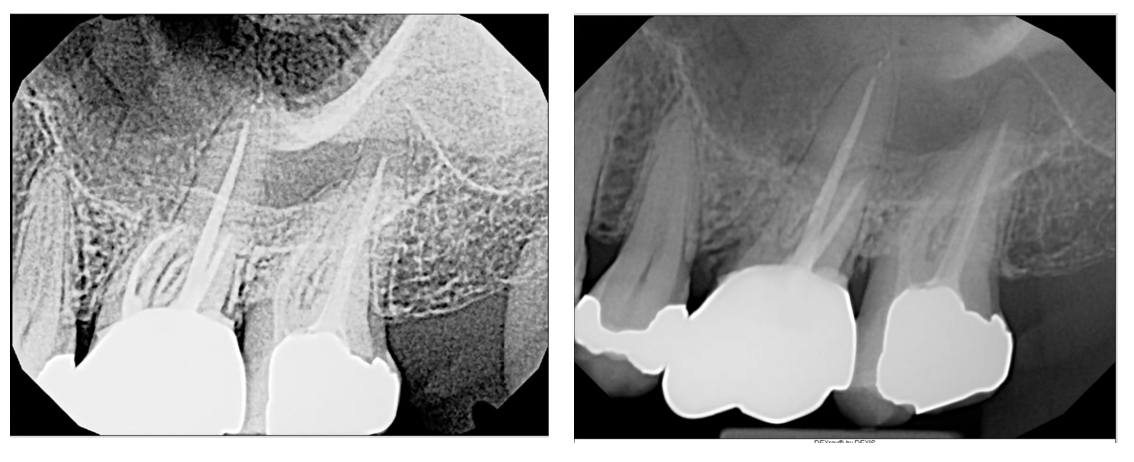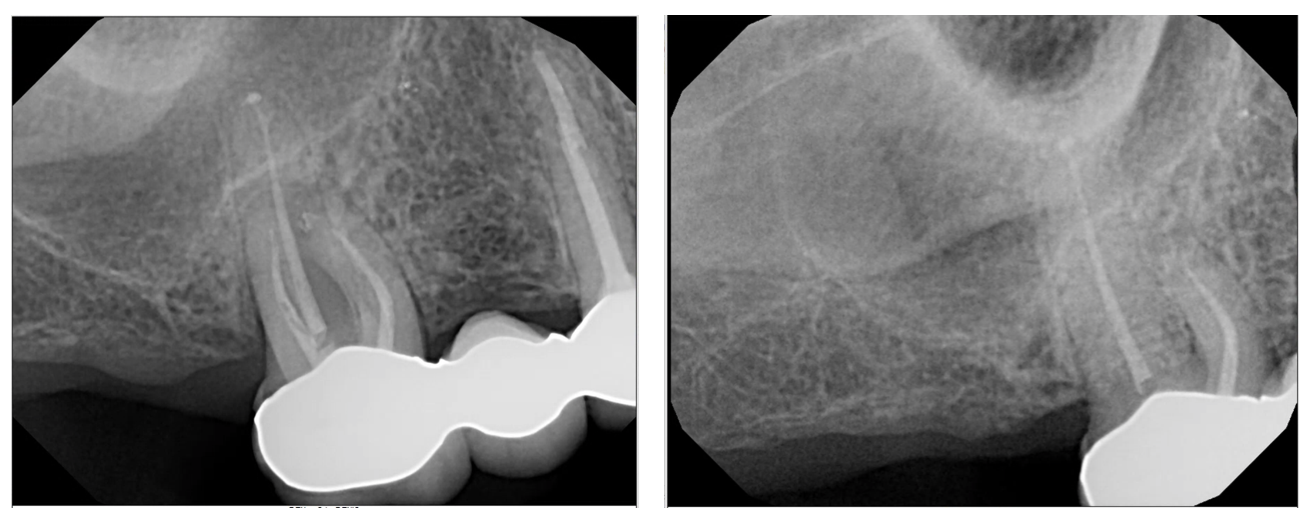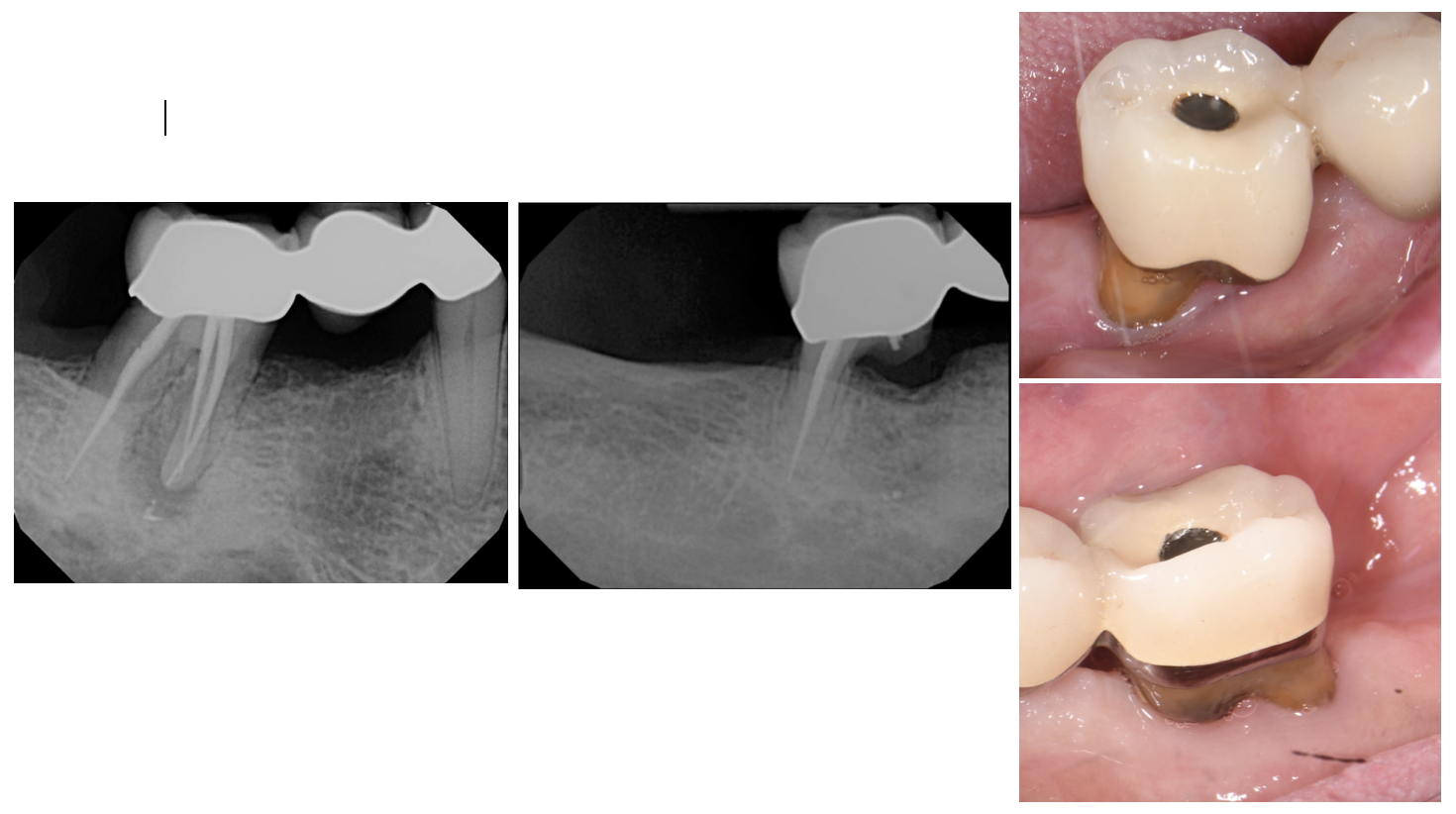Root Amputation: A Viable Treatment Option
Root amputation is a viable treatment option for preserving multi-rooted teeth that have been compromised by periodontal disease, endodontic complications, or structural damage. This surgical procedure involves the removal of one root of a tooth, while retaining the remaining root(s) and crowns.
Studies in periodontal literature have demonstrated the long-term success of root amputation in cases where furcation involvement is severe, but the remaining roots are healthy and structurally sound. Carnevale et al. (1998) found a survival rate of 93% of root resected molars over a 10-year period, and Fugazzoto (2001) found a 97% success rate for root resected molars after 15 years.
Root resection is particularly useful for maxillary molars, where furcation defects often make conventional periodontal therapy more difficult, but can also be performed on mandibular molars. Case selection and postoperative care must be carefully managed for predictable results. If the tooth has not already had endodontic treatment, it is preferred that root canal treatment is performed prior to periodontal surgery. Following root amputation, ongoing periodontal maintenance and proper oral hygiene are critical to the long-term stability of the tooth. While root amputation presents challenges, including a heightened risk of root fractures or secondary caries, evidence supports its role in extending the lifespan of strategically important teeth.
As such, root amputation remains a valuable option for patients who wish to preserve their natural dentition.




It is in point of fact a nice and useful piece of info.
I am happy that you simply shared this helpful info with us.
Please keep us informed like this. Thanks for sharing.